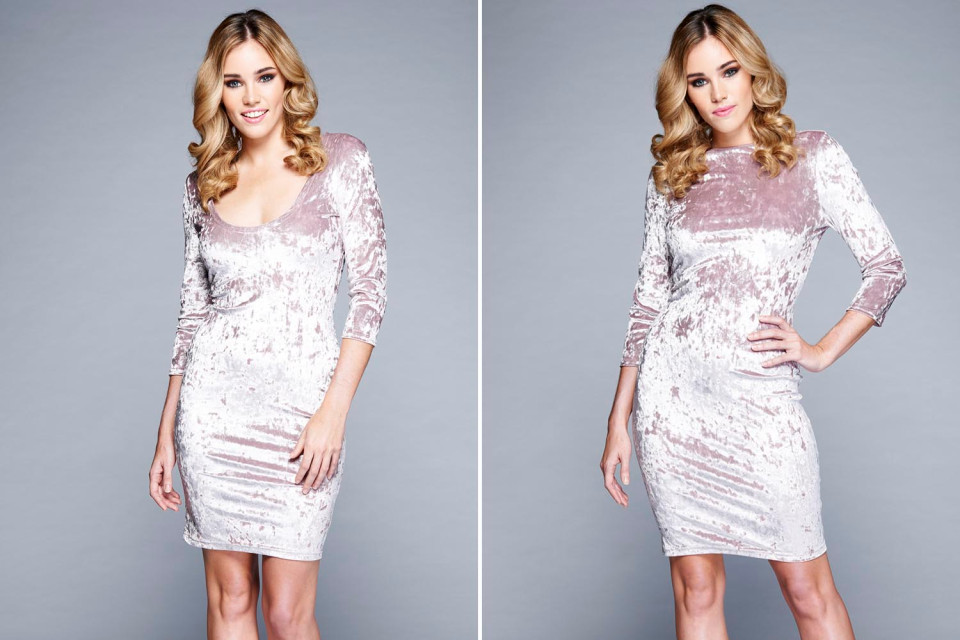 This material, depending on the thickness of the fibers, can be similar in appearance and properties to fabrics such as cotton, linen, silk, wool. Without adding certain substances at the production stage, the fabric turns out to be fragile and wrinkles a lot. In its pure form, viscose does not stretch.
This material, depending on the thickness of the fibers, can be similar in appearance and properties to fabrics such as cotton, linen, silk, wool. Without adding certain substances at the production stage, the fabric turns out to be fragile and wrinkles a lot. In its pure form, viscose does not stretch.
Varieties
Viscose – a material with a 100% natural composition. Since it is obtained artificially from crushed wood, it is artificial, but not synthetic! According to its characteristics, the material is closer to cotton and is a significant competitor to it.
Kinds

Modal. Used for sewing clothes and bed linen. May contain cotton fibers to increase strength. Made from wood cellulose.
Tencel. Clothes and textiles for the home are made from it. It is soft and pleasant to the touch, very similar to cotton. Made from eucalyptus.
Cupra. The fabric is similar to natural silk. This is the highest quality and most expensive type of viscose. It is produced on the basis of cellulose from cotton.Used for sewing elegant clothes.
Acetate. Reminds me of silk. Most often used to make lining fabric. It has specific features: it does not absorb moisture well, does not wrinkle, is resistant to deformation, and dries quickly.
Reference. Yarn and non-woven fabrics are produced from staple viscose fiber. Yarn is used to make fabrics, including knitted fabrics. The resulting materials have improved hygienic and heat-protective properties, are more comfortable on the body, and have less shine. Fabrics for warm clothing, artificial fur, and carpets are made from staple fiber.
 Viscose in the form of knitted fabric stretches very well! But this does not happen due to the elasticity of the fibers, but due to their interlacing.
Viscose in the form of knitted fabric stretches very well! But this does not happen due to the elasticity of the fibers, but due to their interlacing.
Viscose fabric has only 2-3% stretch. But if elastane is added to its composition in an amount of 5%, it becomes elastic!
Performance properties
Viscose is unique both in its versatility and exceptional qualities.
Positive properties:

High hygroscopicity. Capable of absorbing twice as much moisture as cotton.
Excellent breathability. Clothes made from this breathable material are especially comfortable to wear in the summer.
Environmentally friendly. During production and disposal, the fabric does not emit harmful substances and is safe for the environment.
Pleasant to the touch, does not irritate the skin. Therefore, underwear is often sewn from it.
Does not accumulate static electricity. Excellent appearance of products made from viscose.
Important! Viscose is hypoallergenic. It does not cause allergic reactions even in people prone to them.
Peculiarities
 Wears out relatively quickly. Its abrasion resistance is lower than that of cotton.
Wears out relatively quickly. Its abrasion resistance is lower than that of cotton.
Low wet strength. When wet, 40% of the strength is lost.
Wrinkles.
Important! Without careful care of things, they quickly lose their shape.
Therefore, to improve performance characteristics, natural (cotton, linen, silk, wool) or synthetic fibers are often added to viscose.
Proper care
The only significant drawback of this unique material is that it significantly loses strength when wet. Based on this property, guidelines for caring for items made of viscose follow:
 Gentle hand washing is recommended.
Gentle hand washing is recommended.
Use neutral detergents. Give preference to washing gels. They are more gentle on fabric fibers and rinse better.
Temperature for washing – 30-40 ºС.
If machine washable, choose the most gentle cycle (for wool, silk or hand wash). It is better to exclude spinning or use the lowest possible speed. Do not dry viscose in the machine drum if there is such a function. This will lead to shortened service life and severe shrinkage.
 Do not wring out the products too much, because wet fabric is sensitive to mechanical stress. It is better to wrap the item in a terry towel, wring it lightly and hang it on a hanger to dry or lay it out on a horizontal plane.
Do not wring out the products too much, because wet fabric is sensitive to mechanical stress. It is better to wrap the item in a terry towel, wring it lightly and hang it on a hanger to dry or lay it out on a horizontal plane.
Keep dyed fabric away from direct sunlight when drying and storing to prevent it from fading.
If you carefully straighten out all the folds when drying, ironing may not be required. If you still need ironing, do not moisten the material with steam from the iron or in any other way. Viscose can be ironed perfectly without dampening in iron control mode II. If you iron with steam, the item will lose its shape and will last less.
This unique material has firmly entered our lives in the form of clothing and household textiles.Due to the fact that it can even be made from waste wood, it helps to preserve our natural resources. Products made from viscose are very comfortable to use!


 0
0





